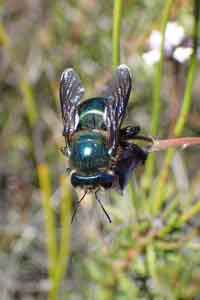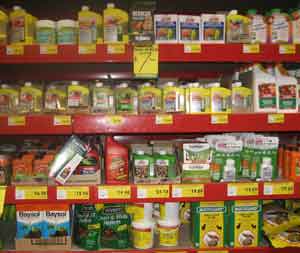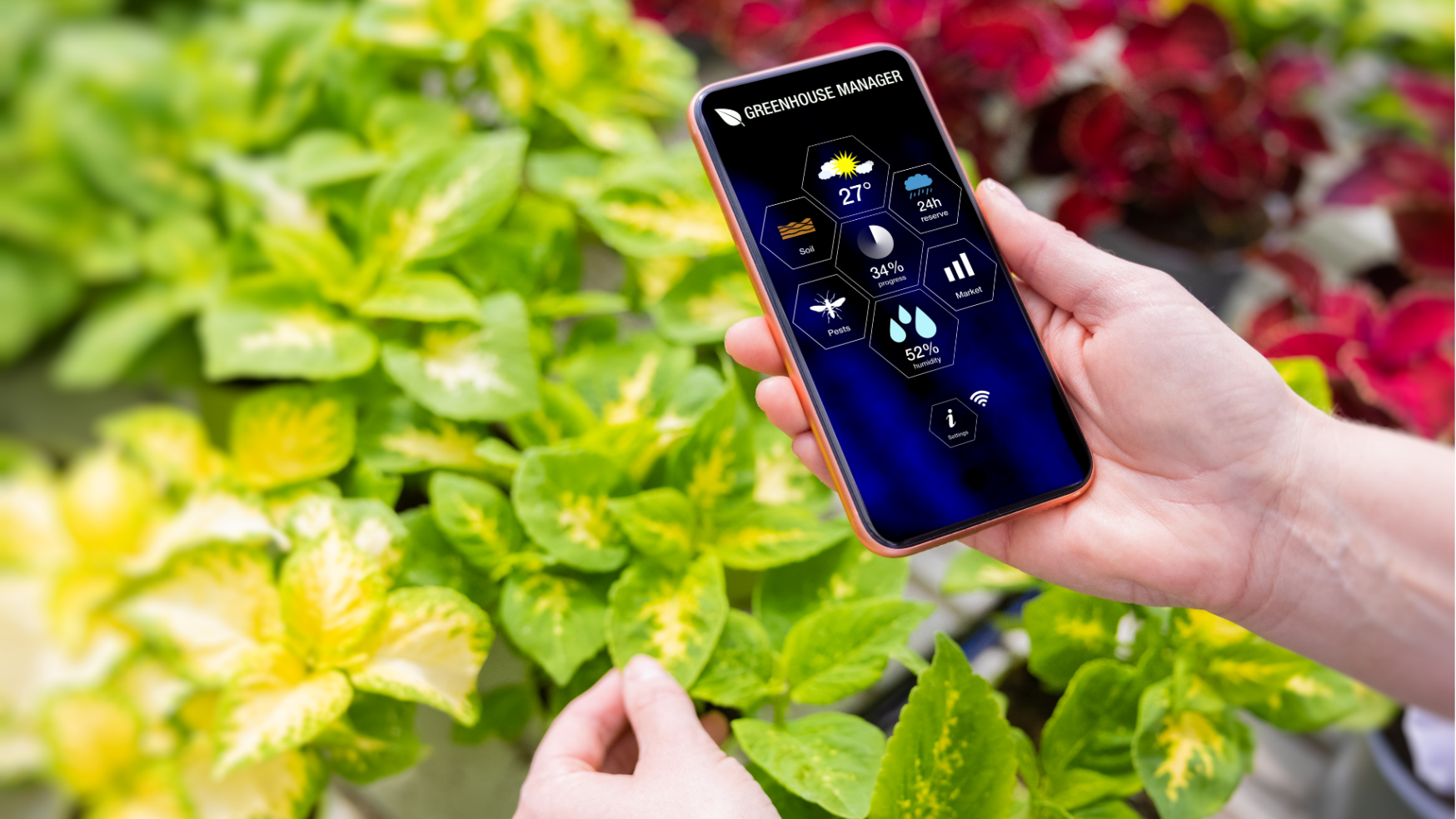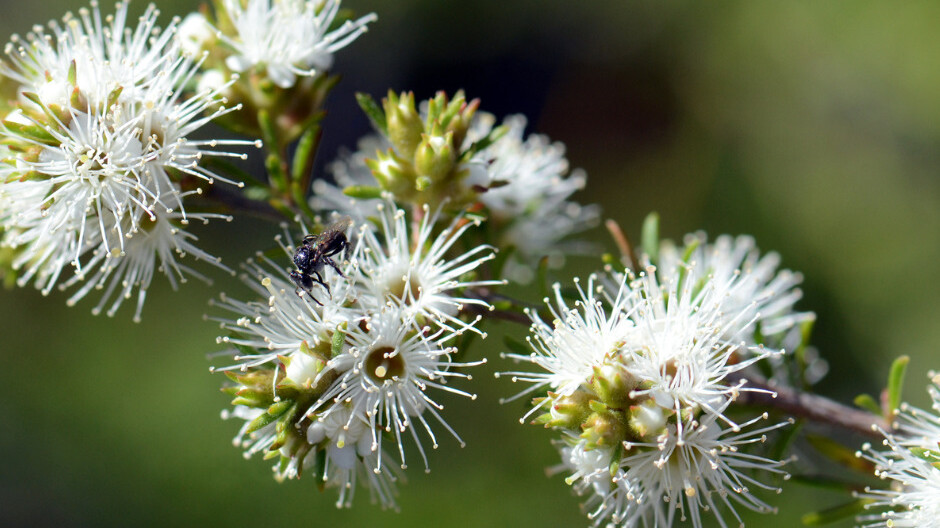What is happening to insects? Do you see the same number of insects in your garden as you did a few years ago? Research in the northern hemisphere shows that there are significant declines in insect numbers. A review of scientific data in 2019 shows that rapid rates of decline in insect numbers threatens 40% of insect species with extinction over the next decades possibly leading to “insectageddon “.
In Australia, there is not enough scientific data yet to say if the same conclusions apply here. However, it is known that some insect populations are declining e.g. the green carpenter bee.

Should We be Concerned?
To many people, insects are just a nuisance, but they actually play a pivotal role in nature. They are important in maintaining ecological balance. They provide food for many birds, reptiles, other small animals and fish. They clean up/recycle waste and decaying plant and animal material and some also feed on or parasitise larvae of pest insects. One of their most important roles in the world’s ecology is that of pollinators of plants. This function is vital for production of food crops and is a reason that we are so concerned to prevent reduction in bee populations.
Since insects comprise the largest animal group on the earth and represent about two thirds of land-based species, we need to be very concerned about major changes in their populations.
Causes of Decreasing Insect Populations
Many aspects of our modern world are responsible for loss of insects:
- Pesticide use – in agriculture, gardens and inside dwellings. Many such as the commonly used group of chemicals, neonicatinoids
 are not specific for pests and kill many other insect species as well.
are not specific for pests and kill many other insect species as well. - Agriculture’s dependence on large scale monocultures. These support only a small number of insect species displacing other species which do not thrive or reproduce in the absence of a natural diversity of plants species.
- Loss of habitat due to agricultural monocultures and urbanization. Both have led to removal of wetlands and naturally diverse vegetation which provide food, shelter and breeding grounds for insects.
What You can do to Help Insects
Each of us can do something to help prevent insect decline continuing:
- Reduce or stop use of insecticides. There are many alternatives that protect plants from insect attack. In other articles on SGA’s website there are suggestions for particular pests. Some examples are hosing them off or covering target plants with fine netting.
- Reduce (or get rid of) your lawn area which provides little food or shelter for insects
- Plant your garden with a wide variety of insect-attracting plants to provide them with food and shelter e.g. Marigolds, perennials with composite flowers like Sweet Alice and Yarrow, herbs with perfumed flowers or leaves, sunflowers.
- Create some “messy” spaces in the garden to provide shelter and breeding locations – pieces of timber, old bricks, stones, dense shrubs and ground covers. In particular, plant ground covers and mid-storey plants that are indigenous to your area – they are best at attracting indigenous insects.1
- Make or buy an insect hotel which will give insects a home and look attractive too.
- When you buy food, choose that which hasn’t been grown using pesticides. These would be labelled “organic”, pesticide-free”, “chemical-free” or “biodynamic”. Boosting sales of such food leads to growers changing their growing practices.
- Turn off out-door lighting. Many insects will be drawn towards the lights e.g. moths. Insect navigation systems are disturbed by lights, consequently affecting their ability to feed.
- Get engaged in observing and counting insects through citizen science – you can help monitor insects to add to our scientific knowledge about population numbers by joining in initiatives which record insects e.g. the Wild Pollinator Count or Butterflies Australia.
References
1. Mata L. Anderson AN, Morán-Ordóñez A et al. 2021. Indigenous plants promote insect biodiversity in urban greenspaces” Ecological Applications 3 (4) e02309.
Related Articles:
Citizen Science: A Pathway to Gardening Success and Biodiversity Conservation
In recent years, the realm of science has experienced a remarkable transformation, one that invites people from all walks of life to participate…
Wildflower gardens – What’s the buzz about?
In the quest for sustainable and environmentally conscious practices, gardening enthusiasts and nature lovers alike are turning to a time-tested…
Climate Resilient Gardening
Introduction Gardeners in Australia are facing a race against time as they experience the growing impact of climate change in their own gardens. The…
Strawberries
I adore strawberries (Fragaria sp.), and one of my earliest memories is a birthday cake absolutely heaving under the weight of a sack full of home…




